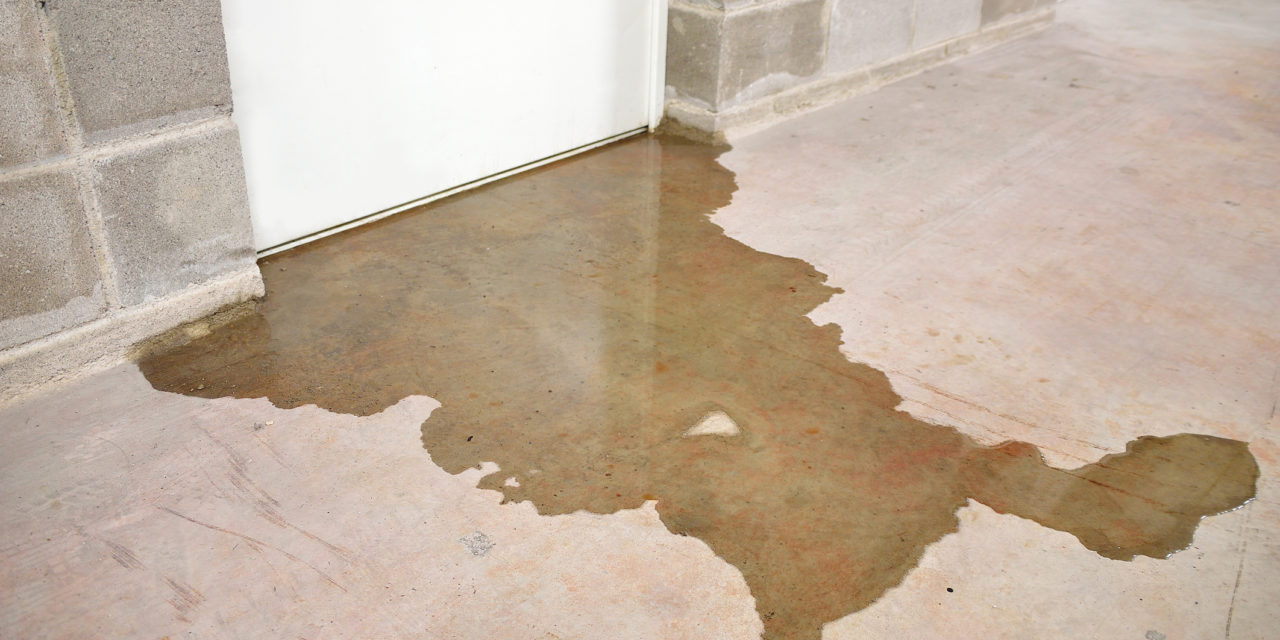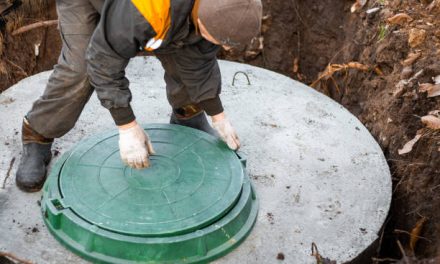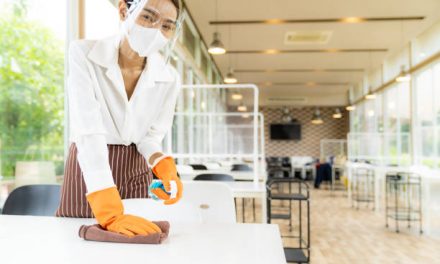A backed-up sewer is never easy to deal with, especially with the stench and matter that can be hazardous to your health. Sewage is made up of both organic and inorganic matter, a mixture of water, human waste, mineral salts along with garbage that leaks into the home when a problem arises with the underground plumbing designed to carry that wastewater away. There are a variety of reasons why backups occur like pipe blockages, damaged sewer lines, and tree roots breaking into pipes to name a few. Let’s look at some of the things that need to be done when your water backs up.
Check And Clear Blockages
If your sewer backs up anywhere in your house, the first thing you want to to is clean it up immediately as it contains pathogens that are dangerous to your health. So, be sure to go in and check all of your sinks, toilets, and wastewater pipes to find where there are any blockages and if you can, clear them; if not, be sure to call for assistance. Avoid using the sink or toilet until you have cleared the blockage. If it occurs in the main sewer line, it can lead to water backing up into your tub or your basement.
Power Down Precautions
Now, if there is standing water present in your basement, avoid going down there until the power is shut off as electrocution can result from the mixture of the water and electricity. If you need to shut the power off, take some of these precautions: make sure you are wearing rubber boots, safety glasses, and a face mask; do not come in contact with anything metallic that can conduct electricity, and finally either wear rubber gloves or use a wooden stick to shut off the electricity. You will also want to open some of the windows in the flooded area to allow fresh air to enter and the fumes to escape. Adding bleach to any standing water can also provide some disinfection.
Cleaning Up Water Backup
Once you have been able to clear the blockage and/or repair the pipes, the waters should then recede allowing for cleanup. This is a task you might want to leave to professionals, but it is also something you can take on yourself. For safety purposes, you will want to wear protection over your nose, mouth, and eyes and after cleaning, make sure to wash the clothes you were wearing and take a shower/bath to prevent any harm to your body. Now, while you are cleaning, start from the top and make your way down, hosing off any furniture and walls to remove any clinging dirt. Then, wash all the surfaces including the floors with warm or hot water and low suds detergent. When sanitizing these surfaces, mix four parts of water, on part of chlorine bleach, and a small amount of non-ammonia dishwashing liquid to clean the surfaces. Avoid using ammonia with chlorine bleach as this mixture can produce toxic fumes.
Dealing with water and sewage backups in your home can certainly be a daunting task, so if you are looking for professional assistance, A&L Cesspool can certainly take care of it for you. Be sure to give us a call at (718) 729-3018 to schedule your service with us!









